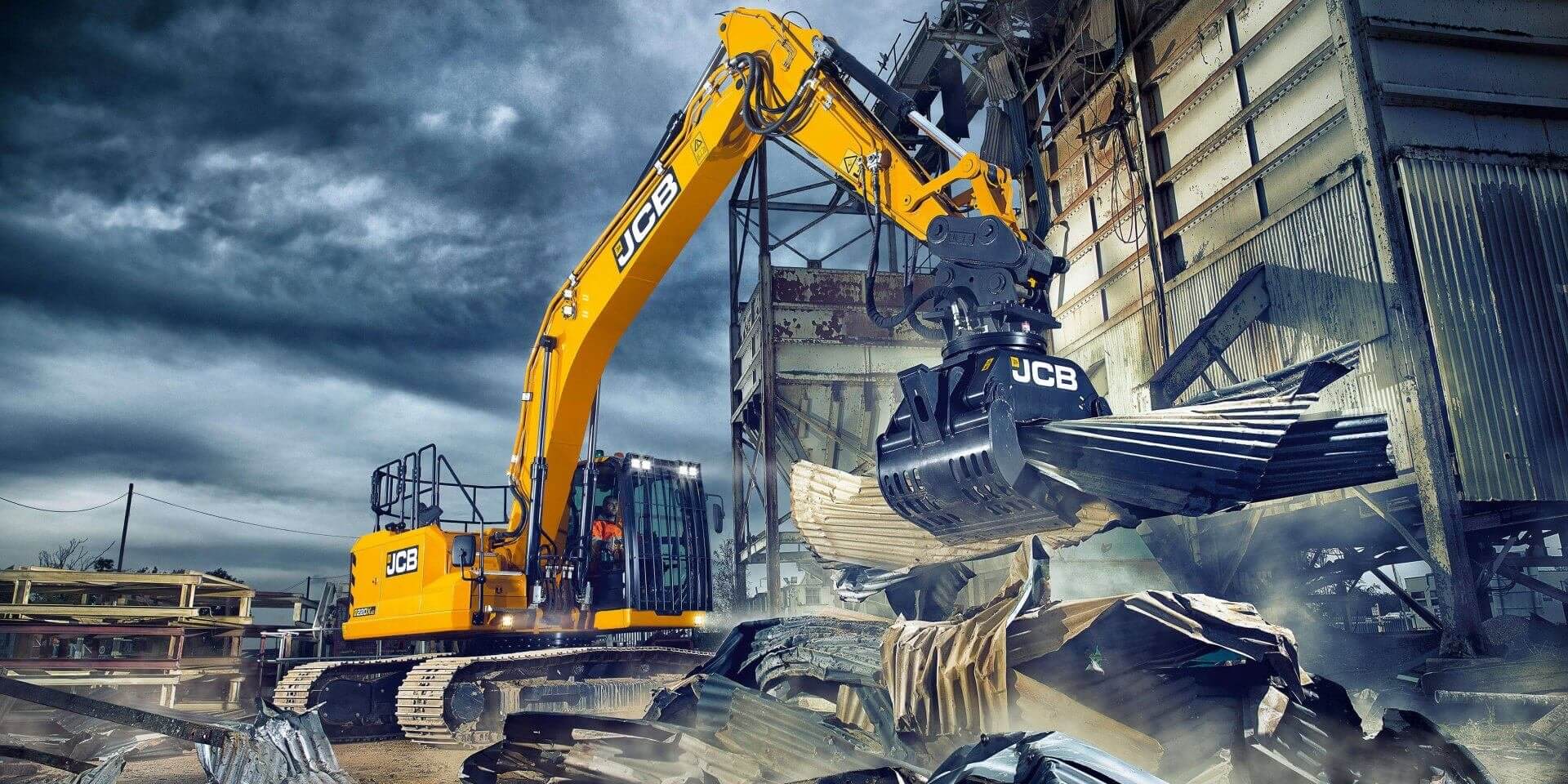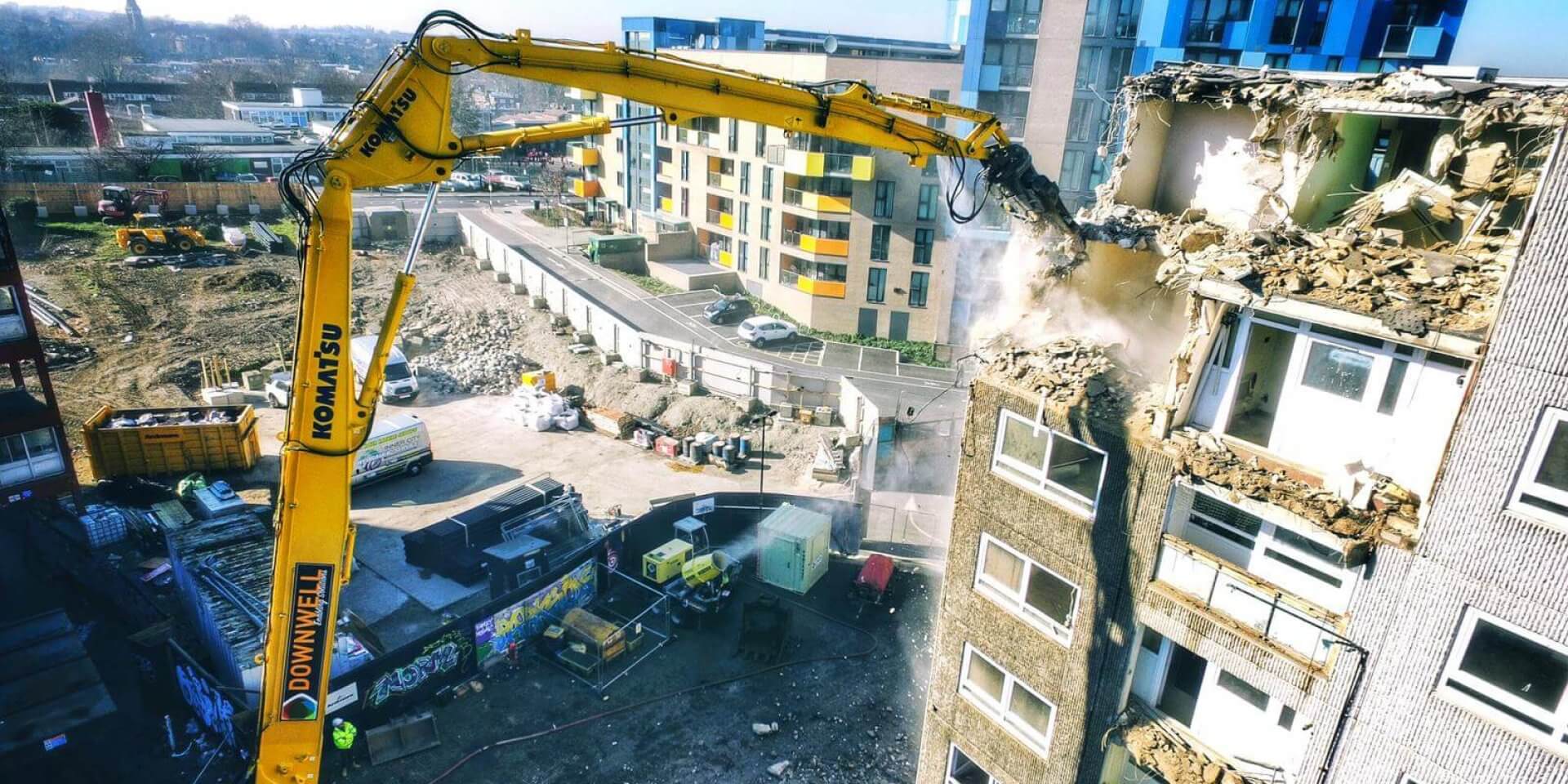UK Caterpillar dealer launches new training programme designed to reduce fuel consumption.
 UK Caterpillar dealer has today unveiled its industry first ‘Eco-Drive’ training programme, focused on delivering significant fuel cost savings of up to 10 – 15% to plant and equipment users across the UK. Open to all operators of excavators, wheel loaders, off-highway and articulated trucks, the one day instructor-led course is designed to highlight best practice operating techniques that influence and contribute to a more fuel efficient machine operation.
UK Caterpillar dealer has today unveiled its industry first ‘Eco-Drive’ training programme, focused on delivering significant fuel cost savings of up to 10 – 15% to plant and equipment users across the UK. Open to all operators of excavators, wheel loaders, off-highway and articulated trucks, the one day instructor-led course is designed to highlight best practice operating techniques that influence and contribute to a more fuel efficient machine operation.
With a variety of courses available, some of which include hands-on participation where operators can practice new techniques and learn new skills, the programme will welcome its first participants on May 19th 2009 at Caterpillar’s state-of-the-art facility in Desford, Leicester.
Operators taking the practical participation module will also be able to see their impact on fuel consumption in real-time, with fuel burn and productivity results made available thanks to the use of onboard monitoring.
For every participant on the course, Finning trainers will develop a personal improvement action plan that is tailored to the skill sets of the individual, with an aim of developing them into a more fuel efficient operator. Prices for the course start from £150 per person for customer group training at the Caterpillar visitor centre in Desford, Leicester.
Commenting on the launch of Eco-Drive, John Vardy – Finning General Manager Product Support said: “It is not often as an industry you have the chance to make significant cost savings on a vast scale. The figures themselves are staggering, running into the millions of pounds of potential industry fuel savings in what are very challenging times.
“With fuel being one of the biggest variable costs any plant manager has to contend with, if your operator could save you up to 10% or even higher in fuel costs, for no loss of productivity, investing in their skills can deliver the biggest return on investment ever!
“The best thing for operators is that this is a real “can do” and people attending the course can literally see the impact of bad practice and the direct benefits of best practice, right in front of their eyes, thanks to the use of new remote monitoring technology.
Steve Platt – Finning Customer Account Development Manager added: “Our customers that have already taken part in our Eco–Drive pilot programmes have been amazed at how simple minor changes can help reduce fuel consumption. Ultimately with Eco-Drive everyone wins, including the environment.”
Talking about a two day pilot course Finning recently delivered to Tarmac Northern, Simon Phillips, Regional Director for Tarmac Northern said: “We have set ourselves a fuel burn reduction target by site. The last few days have confirmed that this is achievable. The operators are seeing that for themselves and will be able to take their learning’s back to site to deliver the results we have seen at the Eco- Drive training”
With a range of course dates already scheduled for group training at Caterpillar Desford, (May 19th to 21st, July 14th to 16th, September 22nd to 24th, November 24th to 26th) places on the courses for up to 20 people, will be arranged on a first come first served basis.
For customers interested in booking group training, customer site training, or special one to one site level training, simply contact the Training Department team at Finning on 01543 461526
For further information on the course content, dates and options contact Finning on 01543 461526 or visit www.finning.co.uk and click onto the ‘Careers and Training’ tab and select ‘Training and Development’ and the Eco-Drive link.









